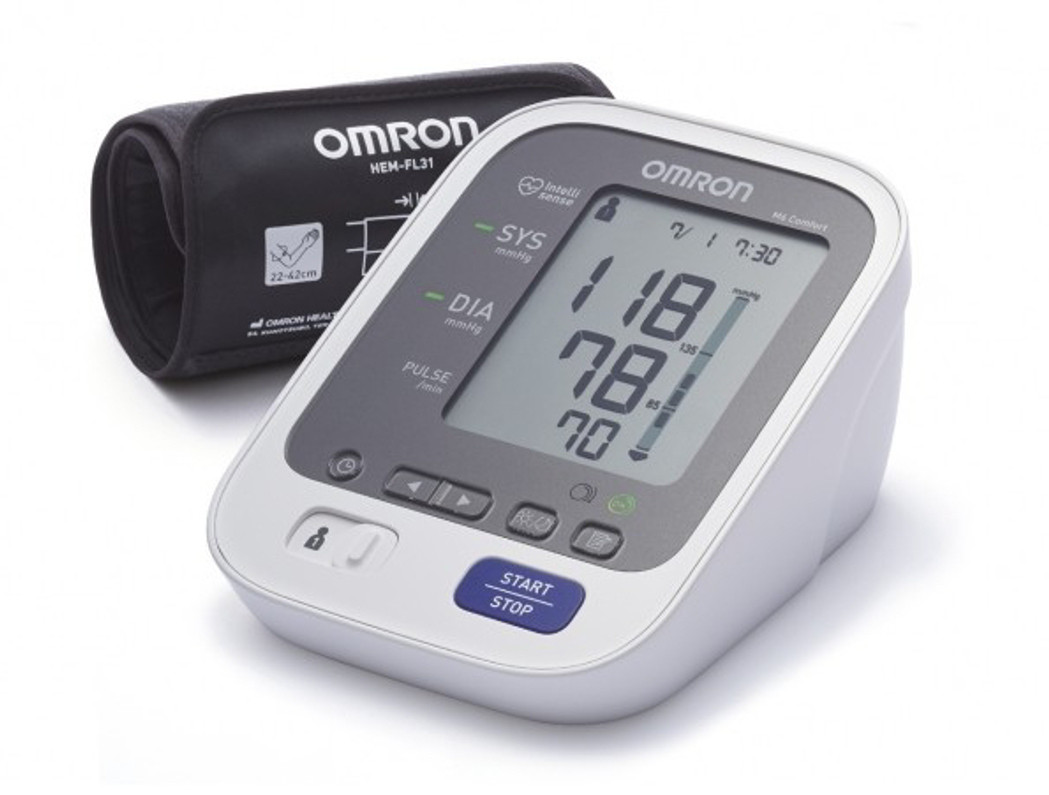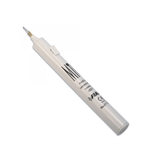Monitoring Blood Pressure
 Blood pressure is a metric which
can be used to help diagnose a wide range of different health
problems. High or low blood pressure can indicate different changes
within the body, but to draw accurate conclusions it is often
necessary to monitor blood pressure continuously over time. As a
result, doctors often request that patients take their own blood
pressure readings at home.
Blood pressure is a metric which
can be used to help diagnose a wide range of different health
problems. High or low blood pressure can indicate different changes
within the body, but to draw accurate conclusions it is often
necessary to monitor blood pressure continuously over time. As a
result, doctors often request that patients take their own blood
pressure readings at home.
How is blood pressure measured?
Digital blood pressure monitors generally work by wrapping a cuff around the patient’s arm. This automatically tightens around the arm so that it can measure the pressure of the blood flow in the arm, showing the results on a digital display. These are preferred for home readings since they are easy to operate and interpret.
Doctors may also use other tools to measure blood pressure, including a traditional sphygmomanometer which shows its readings on a round dial and is used in conjunction with a stethoscope.
What does high or low blood pressure mean?
High blood pressure usually refers to a reading greater than 140 over 90mmGH. It means that your circulatory system is under more strain than it should be, and this makes heart attacks and strokes more likely. It may be associated with many different causes and linked to other aspects of your overall health.
Low blood pressure (typically below 90 over 60mmHg) is less serious unless it is extreme. Generally, lower than average blood pressure decreases your chance of developing a heart problems, but if it is significantly lower than usual or lower for a long period or one faints as a result of low blood pressure, this could indicate a problem.
What affects high blood pressure?
Many people have high blood pressure without realising it because it rarely has one specific cause and it doesn’t usually cause any symptoms on a daily basis. However, it is commonly affected by what you eat and drink. High consumption of fat, salt or alcohol can be contributing factors, plus a lack of exercise or fruit and vegetables.
These are all common health concerns which are also linked to problems like obesity, diabetes and even cancer as well as a heart disease, so it is understandable that doctors and nurses take blood pressure readings seriously. They may advise patients to adjust their diet or lifestyle if these factors are likely to be influencing blood pressure.
Other non-lifestyle related factors include ethnicity and family history, so genetic background can sometimes play a role, as can your age. High blood pressure most commonly affects adults as they get older.
What are the treatment options?
Generally, healthcare professionals will try to advise on lifestyle changes which could help reduce high blood pressure based on the common contributing factors above. Diet and exercise changes usually have a positive impact on overall health rather than introducing unwanted side effects as medication can do.
However, sometimes these changes are not enough to reduce high blood pressure, and in this case a doctor may recommend medication. There are several options available which can be effective in different cases. Generally they work by reducing the amount of certain hormones or chemicals entering or affecting the bloodstream (e.g. angiotensin II, calcium or salt).
Recent Posts
-
Cauteries & Cryosurgery for minor procedures
Cauteries and cryosurgery work in a similar fashion, even though they are at opposite ends of the s …4th Jul 2019 -
Choosing the best digital thermometer
As any parent, or healthcare professional knows only too well, getting an accurate temperature read …6th Jun 2019 -
World Hand Hygiene Day
Any healthcare professional will be able to attest to the importance of good hand hygiene. 5 May 2 …1st May 2019




